China is putting up new buildings at a rate that outstrips any other country, but it falls far behind on low-energy design. Niall Lawless reports from Beijing on how its leaders plan to change this
The scope and size of construction in China is breathtaking. The World Bank estimates that between 2005 and 2015, it will account for half of the world’s total building projects and that the number of builds in the country is expected to almost double by 2020. These astonishing statistics will have a monumental impact on the environment, affecting not only the citizens of China, but people around the globe.
The pace of development may be unstoppable, but the Chinese authorities at least are not impervious to the need to change construction practices to make them less environmentally harmful. I was able to see this for myself when I recently attended the third Beijing Intelligent Green & Energy Efficient Buildings Conference & Exposition, held at the Beijing International Convention Center in the Chaoyang District of Beijing. This year the conference dealt with 122 papers, covering themes such as green building materials, new materials and technologies of wall insulation and resource saving. In other words, there were simply too many papers to report on them all in any meaningful way, so this article outlines some of the main themes from the opening ceremony and the plenary session, which drew all delegates together.
The Convention Center is located a stone’s throw from the 2008 Olympics Beijing National Stadium, which is an important part of completing the north end of the axis of the capital. And the symbolism of holding the conference in the shadow of the centrepiece of the 2008 Olympics was not lost on me. Through its charter, the International Olympic Committee (IOC) seeks to provide greater resources to sustainable development and promotes Olympic Games that meet standards of healthy environmental practices and sustainable development. In addition to Beijing’s budget of US$2 billion for venue construction and US$2 billion for the Olympic operating budget, it is also making a massive investment, estimated at US$60 billion, in infrastructure. According to the city’s masterplan this includes projects to ease traffic congestion; improve energy and water supply; and better the city environment, all before the 2008 Games.
Big plans
At last year’s event, Chinese vice premier Zeng Peiyan stated that: “To construct buildings in an energy-efficient, eco-friendly and intelligent way is an international aim for sustainable development. It is also a key task for China in its economic and social development.” To start along this route, four measures were identified to reduce energy consumption in construction projects in the five-year period of 2006 to 2010. These consisted of rigorously implementing eco-friendly construction standards; refurbishing old buildings to improve energy efficiency; enhancing studies on eco-friendly technology, equipment and materials, which will become preferred options in construction projects; and improving the legal system to facilitate energy saving. China was, Zeng said, aiming to cut energy consumption per unit of gross domestic product – from levels in 2005 – by 20% and pollution by 10% by 2010.
However, in a remarkably candid introduction and plenary update on progress, Qiu Baoxing, vice minister, Ministry of Construction China, reported that the project got off to a bad start, with the country failing to meet the ambitious targets it had set itself. Energy consumption per unit GDP had fallen by just 1.23%, instead of 4% as planned. Sulphur dioxide discharge rose by 1.8%, down from the 13.1% rise in 2005 but below the target of cutting pollutants by 2%.
Qiu referred to the arduous task ahead and called on Chinese people to redouble their efforts. Critical of local government’s pursuit of new, unique and special buildings that neglected their energy efficiency, he said that statistics showed that most office buildings in China’s major cities were far less energy efficient than those in other international cities with similar climates. To solve the problem, Qiu said all new large-scale public buildings should be forced to comply with energy conservation standards both before and after their construction. He said that part of the problem was that construction companies failed to keep their promises for more energy-efficient buildings.
Although almost 95% of the new designs proposed during the last year had met energy conservation standards, more that half of finished buildings did not. However, authorities are tightening standards and will revoke developers’ business licences if they fail to comply with targets.
Central heating
Another area Qiu outlined was that following successful pilots in the north east of the country, China was to implement a major reform of the urban heating system to realise commercialisation and monetisation of heating consumption, via a meter-based charging system. In most cities north of the Yangtze River, which divides China into north and south, a by-product of the planned economy is that heat is paid for by the employers of end users. Because heating has been free for urban residents and under most current central heating systems residents are unable to adjust temperature in their rooms, heating is a major source of energy inefficiency.
But newly built residential buildings and public constructions are required to install heat meters, bringing the benefits of reduced energy consumption and the more efficient use of energy. Under a reformed urban house heating system households will pay heating companies for the amount of heat they actually use, not in accordance with the floor space of their accommodation. For existing dwellings, implementation was not proving easy because supply companies were unenthusiastic as a large sum of money was needed to install measurement equipment in individual homes. A regulation on energy conservation standards for private houses is to be drawn up later this year. This will provide clear guidelines on allowable construction materials for residential properties and help promote green buildings.
However, despite the obstacles and the disappointing progress made over the last year, China requires that all buildings constructed after 2005 incorporate technologies that cut their energy (heating, lighting and air conditioning) consumption by 50%, with the level raised to 65% in more prosperous cities such as Beijing and Tianjin. All government office buildings should be more energy efficient and carry energy-efficiency labels, and such a labelling system should gradually be applied to all buildings.
The need to consider the life-cycle of a building, from design to long-term utilisation and eventual refurbishment, was emphasised by Qiu. Other measures include implementing more eco-friendly construction standards (30% of China’s total energy consumption is being used by construction); use of eco-friendly technology, equipment and construction materials and an improved legal system to bring about reduced energy consumption.
Qiu said, “The period before 2020 will be crucial to decide if China takes a growth mode with low energy and resources consumption.”
That said, it’s important to remember that China’s per-capita CO2 emissions are currently much lower than those of many developed countries. One thing became clear to me at the conference: China will not follow the US energy consumption model and will make great efforts to reduce its impact on the environment and work with other countries to help mitigate global warming. However it will also expect other countries to accept their responsibility in terms of CO2 emissions per person by country.
UK participation
UK Trade & Investment appointed the Centre of Excellence for Intelligence in Buildings (www.ibexcellence.org) to organise the UK involvement at the Beijing conference and exposition. It considers this event to be one of the most important opportunities for British companies to develop relations in China in the areas of design, construction, sustainability and intelligent systems.
UK Companies which participated were: Aquiva Developments; Arup; Atkins; BRE; Colt International; Delmatic; Fulcrum Consulting; i&i limited; IET BETNET; Integer China; SMC Alsop; Scott Wilson and Trend.
Ibexcellence hosted a well-attended workshop that focused on actual projects to facilitate the transfer of knowledge and create opportunities.
Photovoltaics
China’s production of photovoltaic solar panels accounts for approximately 20% of global solar panel output. At present 90% of China’s production is exported and it was
suggested at the conference that China should not export at the expense of the domestic marketplace, but should implement ways to connect PV panels to the electricity grid system.
Based on his research into lifestyle and relative income, Jiang Yi, head of the Building Energy Efficiency Centre at the prestigious Tsinghua University, referred to the need to develop a “thrift” mentality, especially among the young who currently demonstrated a greater propensity to use air conditioning.
Source
Building Sustainable Design
Postscript
Niall Lawless is a chartered building services engineer, and a chartered arbitrator, adjudicator and mediator. Contact him at nlawless@arbitrari.eu, 020 7900 6036 or visit www.arbitrari.eu




















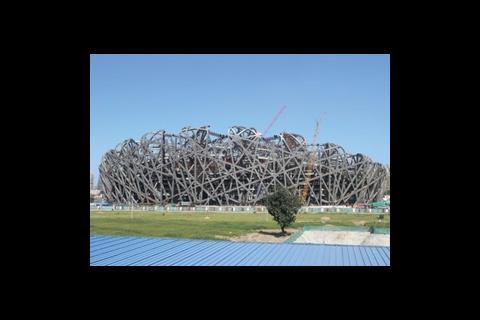
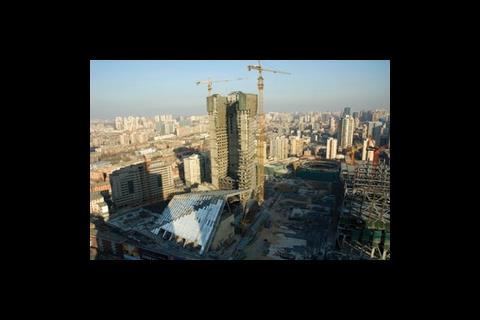

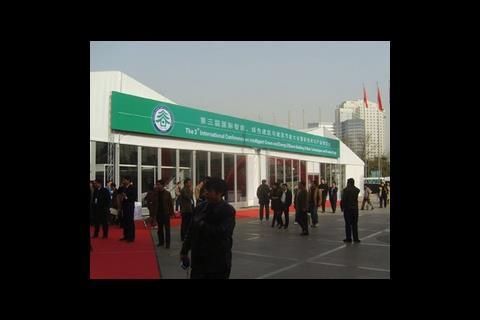
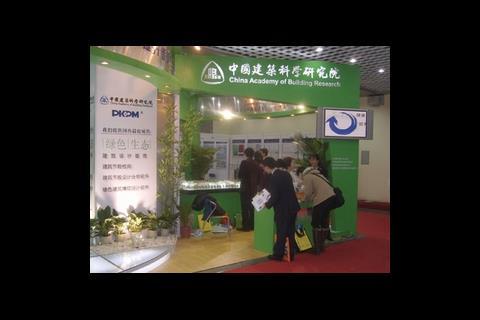
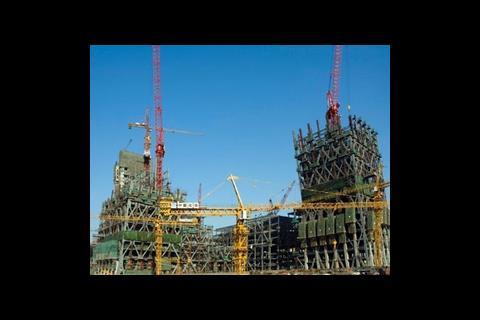


No comments yet